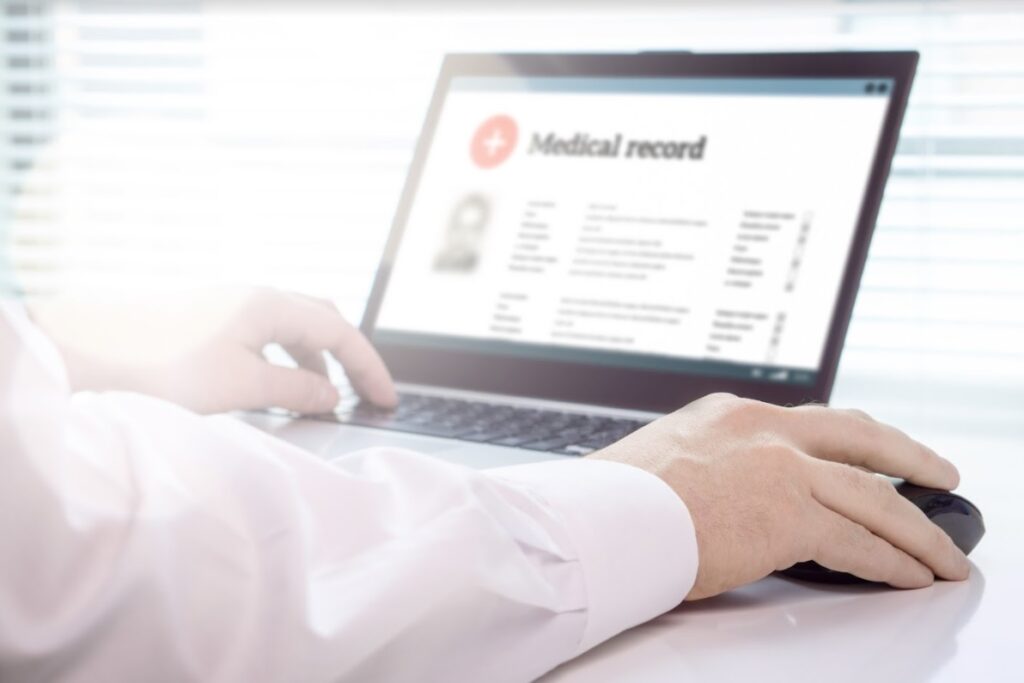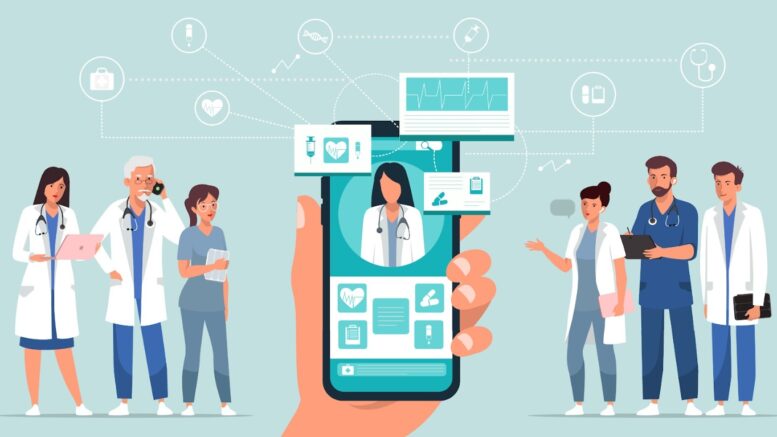In the evolving tapestry of modern healthcare, telehealth has emerged as a significant thread, binding patients to essential medical services with the touch of a button. Historically, patients would traverse long distances to see their healthcare providers, often facing logistical challenges.
But with the rise of telehealth, even a primary care clinic in Houston can now serve a patient from the farthest corner of Texas, or even beyond. This transformation of primary care clinics, leveraging technology, has not only increased accessibility but also heralded a new era in healthcare delivery.
This article delves into the multifaceted world of telehealth in primary care clinics, highlighting its historical context, benefits, challenges, and the promising road ahead.
Historical Context
Before the dawn of telehealth, primary care was predominantly in-person, with patients often waiting in clinics or traveling distances for consultations. As technology progressed, so did the vision for healthcare.
The late 20th century saw the first glimpses of telehealth, primarily via telephones, evolving with the advent of the internet. Video conferencing tools, initially used for business, soon found relevance in medical consultations.
This evolution was not just about convenience but was also a response to the needs of those in remote or underserved areas. Telehealth emerged not as a mere technological trend but as a transformative solution for holistic healthcare access.
Benefits of Telehealth in Primary Care
- Accessibility and Convenience: With telehealth, geographical barriers are virtually non-existent. Patients residing in remote areas, where medical facilities may be scarce or non-existent, can now access primary care with a simple click. For elderly patients, those with mobility issues, or even those with busy schedules, telehealth removes the need for transportation, wait times, and the constraints of clinic operating hours.
- Cost-effectiveness: Clinics can experience a reduction in overhead costs, as there’s less physical infrastructure required. Patients save on travel expenses, time off work, and other indirect costs associated with in-person visits. Research suggests that telehealth can lead to fewer hospital readmissions, less frequent ER visits, and overall reduced healthcare costs.
- Timely Care: In situations where time is of the essence, like potential infections or sudden symptoms, telehealth allows for immediate consultations. This can facilitate quicker interventions and reduce complications. Moreover, if a specialist’s opinion is needed, it’s quicker to arrange a virtual meeting than to wait for a physical appointment.
- Improved Patient Engagement: The convenience of telehealth can lead to better patient compliance. When follow-ups are easier, patients are more likely to engage in them. Digital tools also offer proactive health monitoring, reminders, and easy access to medical records, enhancing patient engagement and ownership of their health journey.
Technological Components of Telehealth
- Video Conferencing: Modern telehealth is anchored by secure and robust video conferencing tools, allowing for real-time interactions between patients and healthcare providers. These tools not only replicate the face-to-face experience but often enhance it with features like screen sharing, allowing doctors to review reports or explain procedures visually.
- Remote Patient Monitoring: The rise of wearable devices and health tracking apps has revolutionized patient care. These tools monitor vital signs, physical activity, glucose levels, and more, sending real-time data to healthcare providers. This continuous data stream can alert providers to potential issues, ensuring timely interventions.
- mHealth (Mobile Health) Applications: Smartphones have become pivotal in the healthcare landscape. mHealth apps facilitate appointment scheduling, medication reminders, and offer health education resources. They provide patients with the tools to manage their health actively, from tracking symptoms to accessing telehealth services.
- Electronic Health Records (EHR): Integration EHR systems centralize patient data, from lab reports to medication histories, making it readily accessible during telehealth consultations. Seamless EHR integration ensures that telehealth remains an extension of traditional care, allowing for a comprehensive view of the patient’s health and facilitating informed clinical decisions.

Challenges and Concerns
As telehealth reshapes the healthcare landscape, several challenges and concerns arise. Foremost among them is data security and privacy.
With the vast amount of sensitive patient information that everyone who offers online doctor services upload on the web, the potential for data breaches has amplified, emphasizing the need for stringent security measures and strict adherence to regulations like HIPAA.
While telehealth promises convenience, it’s still limited in offering comprehensive physical examinations, necessitating in-person visits for certain medical conditions. The technological infrastructure can sometimes present its own challenges—connectivity issues, software bugs, and the digital divide can hinder seamless healthcare delivery.
Adapting to this new model can be a steep curve for many—both patients and providers may face difficulties acclimatizing to a digital-first approach. These concerns, while considerable, underline the areas of focus and improvement for the continued success of telehealth in primary care.
The Future of Telehealth in Primary Care
Telehealth is not a mere passing trend but a substantial stride towards a more inclusive and accessible future of healthcare. Emerging technologies like Augmented Reality (AR), Virtual Reality (VR), and Artificial Intelligence (AI) are on the horizon, promising to further enhance the telehealth experience.
For instance, AR might allow doctors to guide patients in self-examinations with overlaid visual cues, while AI can aid in predictive diagnostics and personalized care plans. On the policy front, governments globally are re-evaluating regulations to support and normalize telehealth practices.
Medical education too is witnessing shifts, as future healthcare professionals are being trained to proficiently operate in a digital-first landscape. Given these advancements, it’s plausible to envision a world where telehealth bridges healthcare disparities, ensuring everyone, irrespective of location or socioeconomic status, has access to quality care.
Conclusion
Telehealth in primary care has dramatically transformed the medical landscape, providing unprecedented access, convenience, and quality of care to patients worldwide. While challenges exist, they are surmountable with the right technological advancements, regulatory support, and training.
The future looks promising with the integration of cutting-edge technologies, and a global emphasis on bridging healthcare gaps. As primary care clinics continue to adapt and incorporate telehealth solutions, we stand on the cusp of a healthcare revolution.
This digital transition isn’t just about technology; it’s about ensuring equitable, timely, and efficient care for all, redefining the essence of healthcare for the modern world.
